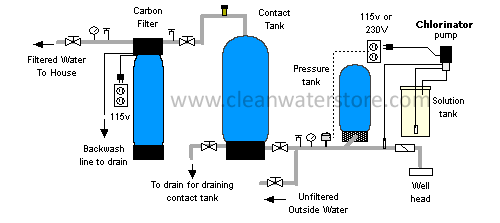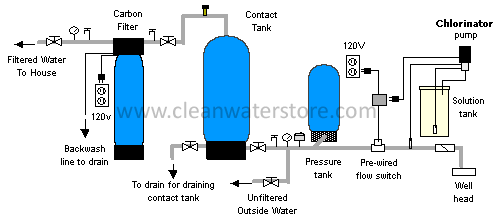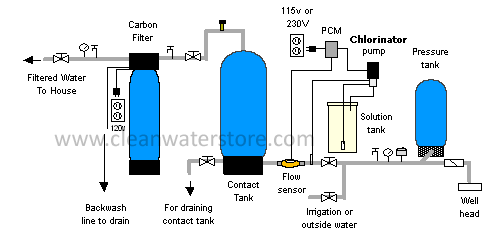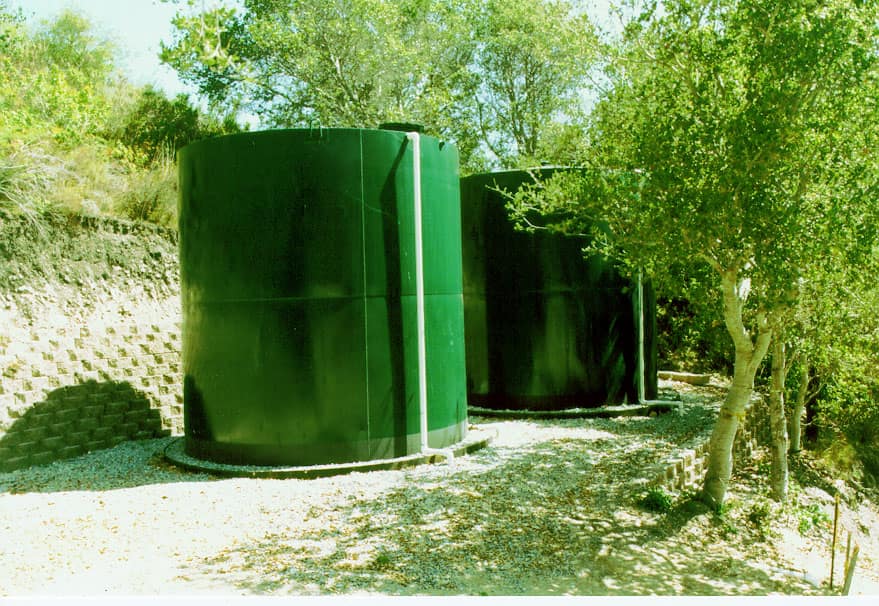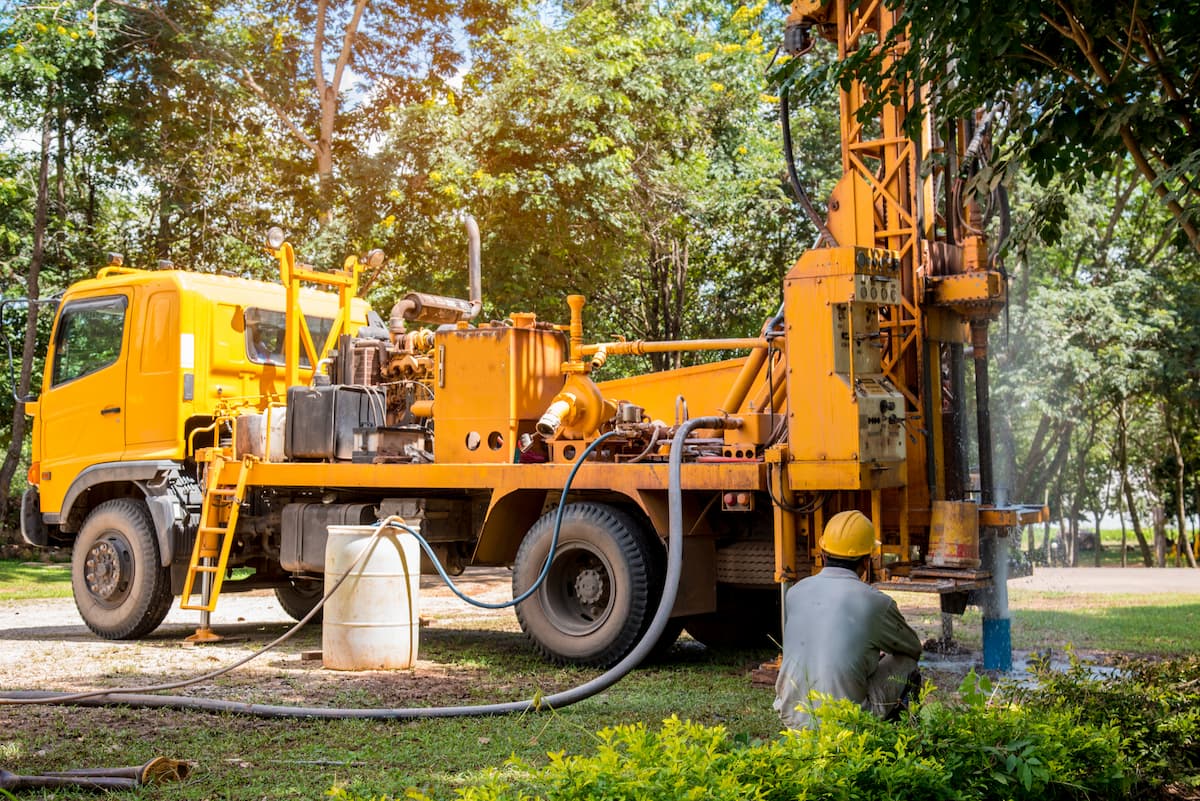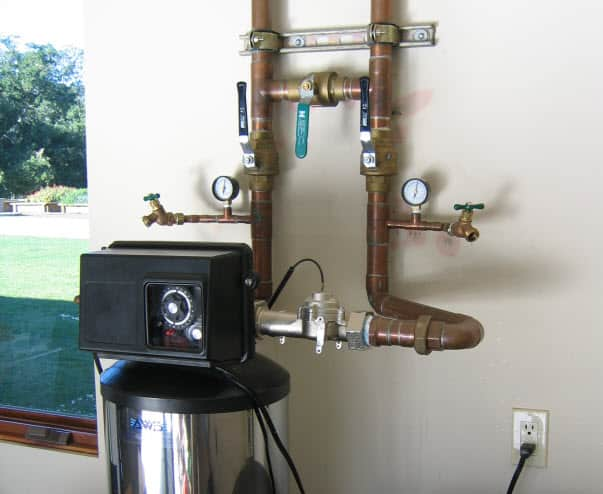“Which System is Right for Me?”: Our Top 3 Recommended Systems for Home Water Disinfection
Greetings, readers! Today's blog post marks the last in our series about home water disinfection: on Tuesday we discussed CT values and how to calculate them; yesterday we listed some of the most popular disinfectants; today we want to introduce some of our favorite systems for disinfecting home water supplies.
While we previously mentioned ozone and chloramine injection as possible methods of disinfection, we don't always recommend them due to their high cost (in the case of ozone injectors) and reduced effectiveness (in the case of chloramines).
Instead, we generally recommend chlorine or peroxide injection systems for home use. As such, today's blog post will focus on our most highly recommended components and configurations of these systems.
The basic components you'll need in any chlorination system are a metering pump, solution tank, and carbon filter. The former two components will allow you to inject chlorine or peroxide into your water with ease, while the carbon filter will filter any lingering chlorine tastes or odors back out of your water.
While a system comprised of these components will be more precise than a solid chlorine pellet feeder, it will not be as precise as a system that also includes a pump and flow sensor, nor as effective as a system that also includes a contact (retention) tank.
A flow sensor will measure the flow of your water and inject an appropriate amount of chlorine as needed, which can be very advantageous for large households and large distribution systems.
A contact tank, meanwhile, will ensure proper contact time between the chlorine/peroxide and your water, allowing you to use lower concentrations of your chosen disinfectant with the same end result: clean, bacteria-free water.
Below are diagrams of 3 popular configurations of the systems mentioned above, along with brief descriptions of their differing capabilities:
1. Direct Connection from Metering Pump to Well Pump
This first configuration is perhaps the most basic, featuring a solution tank, metering pump, contact tank, and carbon filter. In this configuration, the metering pump is wired directly to the well pump to turn on when the well pump does and begin injecting chlorine.
As it does not feature a flow sensor or pump control module, it is not the most precise configuration available, though it will still disinfect your water supplies very effectively.
2. Metering Pump Activated by Flow Switch
This next configuration functions similarly to the first, except it features a pre-wired flow switch instead of a direct connection from the well pump to the metering pump.
While the result is the same, installing this configuration can be a bit less daunting for those inexperienced with electrical wiring or plumbing. Note that this configuration, like the first, lacks a flow sensor and pump control module.
3. Flow Sensor
This third configuration includes a flow sensor in addition to the components featured in the first two configurations shown above. It is often referred to as a proportional chlorination system.
Of these three, this configuration will result in the most precise chlorine injection due to its ability to measure the flow rate of your water as it comes out of your well.
We hope you've enjoyed, or at least learned from, this week's series on home water disinfection. Thanks for reading!

